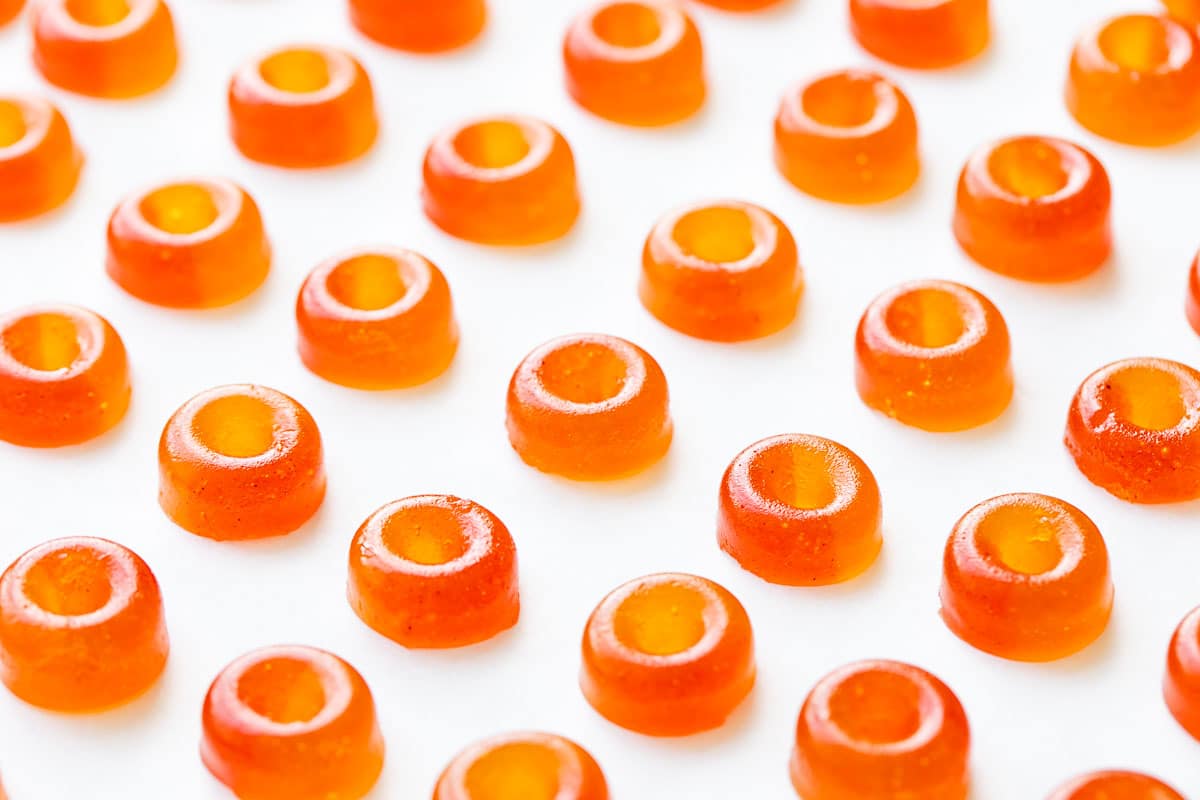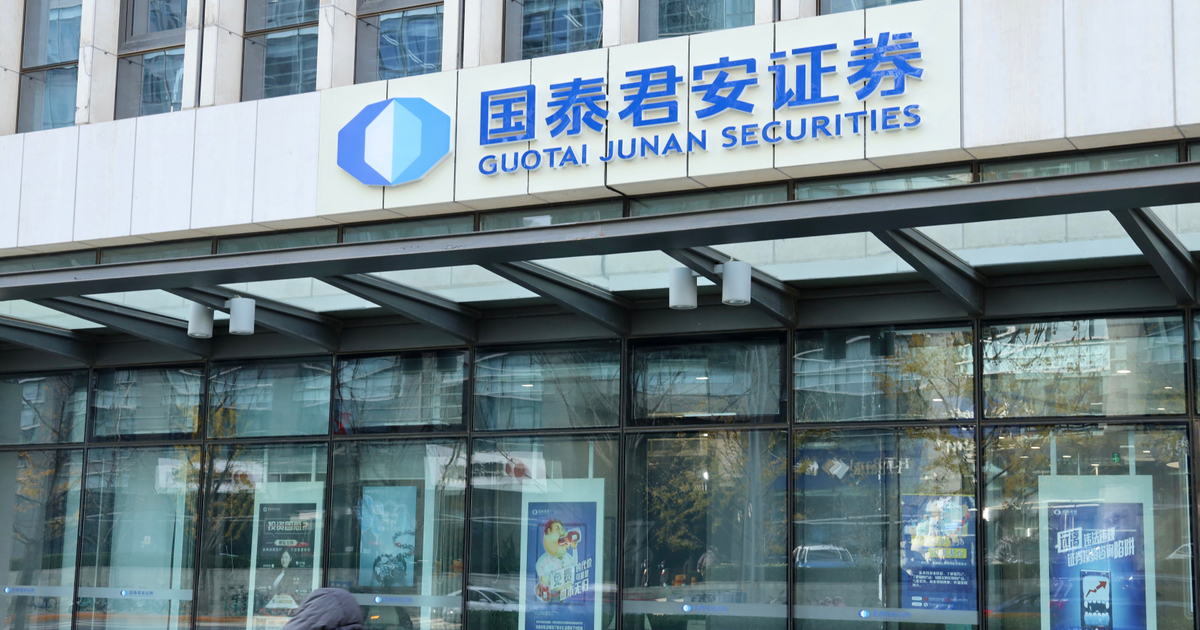TikTok tells brands at Cannes how it aims to win millions of advertisers
TikTok execs talk brand safety, shopping, the creator economy, and how they caused a feta shortage.

TikTok is a private company, so it doesn’t have to reveal too many details about topics like how many advertisers are on the platform, but at a talk on Monday in Cannes, Blake Chandlee, TikTok’s president of global business solutions, said hundreds of thousands of small- and medium-sized businesses buy ads there. “We want millions," Chandlee said.
Millions of advertisers are typically the goal for major media platforms, especially since Meta, which owns Facebook and Instagram, boasts more than 10 million advertisers. TikTok executives were at Cannes, opening the first day of the advertising festival, at its festival headquarters in a discrete event space across from the Palais, the main center of action for the conference.
TikTok’s team discussed the tools that the platform is putting in place, such as live shopping; the challenges of building brand safety technology; the effects of Apple’s privacy rules on the whole ad ecosystem; and the creator economy. Ray Cao, TikTok’s managing director and global head of monetization product, strategy and operation, also talked about the challenges of losing his luggage upon arriving in Nice, France.
Here is what TikTok’s executives discussed at the company’s first official Cannes event.
Context is king
TikTok is talking more about contextual targeting as the key to advertising in the future, partly for practical purposes, because older methods of targeting ads with data, without thinking about the environment, is a no-no for major brands. “A lot of people are thinking about contextual targeting, especially for an in-feed environment like TikTok,” Cao said.
Safety considerations
Chandlee discussed how TikTok is developing ad products in order to keep brands comfortable with the service, which is still new for many advertisers. For brands, TikTok’s dynamic content stream of dance crazes and hashtags can be overwhelming. The biggest brands and agencies have been telling TikTok, for years, that the platform is interesting but it needs to develop quality controls.
“Unless you can assure that you’re protecting your community and the brands within those communities,” Chandlee said, relaying what brands told him. “It’s just impossible for them to scale investment with us.”
Third-party verification
TikTok has recently made announcements around third-party tools that measure suitability and provide some ad controls, through companies like OpenSlate, Zefr and Integral Ad Science. But brand safety is a more complex issue on TikTok than on some other platforms, because of its dynamic video feed. “When we review content it’s not just the images,” said Francis Stones, TikTok’s head of European brand safety. “It’s the sounds. It’s the text. It’s emojis, comments.”
A lot of the third-party verification firms “don’t know how to do it,” Cao said. “It’s an in-feed environment, full-screen, sounds on.”
TikTok said it is working on its own first-party program to provide reporting on the quality of the ad environment.
Dealing with iOS
It’s well known that iOS 14 was one of the biggest disruptions in advertising, when Apple changes its data-collection policies. The policies made it harder for apps like TikTok to track users for the purposes of collecting data used to target and measure ads.
“The iOS 14 changes that were made last year had a huge impact on the industry, Chandlee said. “The industry built on data and knowledge and optimization against that data.”
Chandlee said that “yeah, it hurt everybody,” but that TikTok had the advantage of being a newer platform without needing to rebuild a legacy ad infrastructure it had yet to even create.
“The industry had to come back a little bit to contextual,” Chandlee said, which we think is a very, very powerful way to approach and advertise and communicate with audiences.”
Shopping lives
Sofia Hernandez, global head of business marketing for TikTok, discussed how the platform is building live shopping into the service with early adopting brands like American Eagle. It’s no secret that TikTok has garnered a reputation for helping products reach viral status and then sell out. “We caused a national feta cheese shortage,” Hernandez said, referring to the baked feta pasta trend on TikTok.
Hernandez talked about how brands are learning new modes of advertising, pointing to Chipotle, which ran a behind-the-scenes style video of rice being cooked in the kitchen on TikTok. It was a low-budget production with high impact, Hernandez said. “Those of us who have been marketers for years know that you don’t shoot food that way, it’s always highly styled.”

 Troov
Troov 































